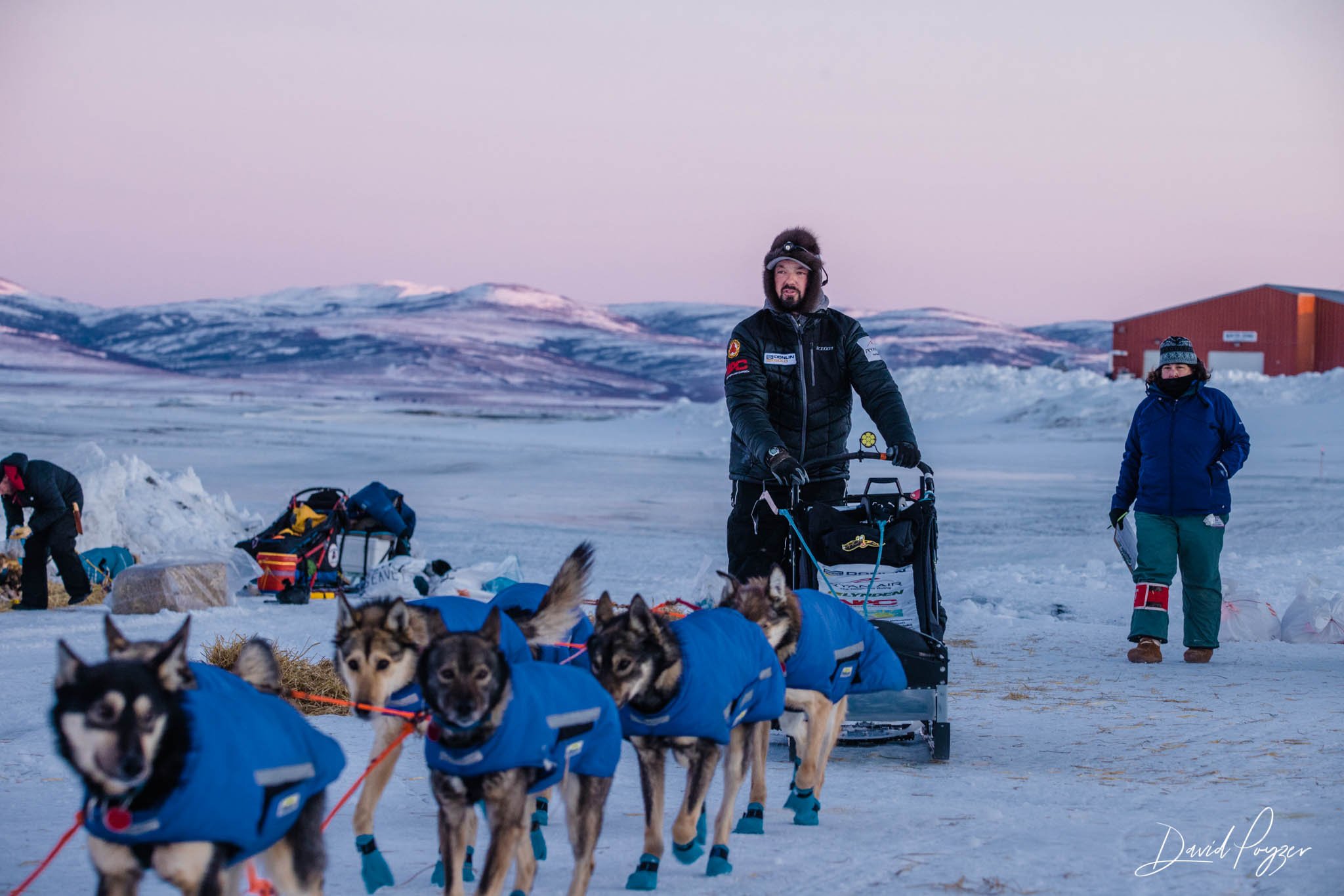How Mushing Races Cost $ 40,000
At first glance, the mushing way of life seems like a rather primitive one. Spending time in the wilderness, connecting with nature - the simple, unmaterialistic things.
Well, you won’t get far without a proper amount of cash.
Dog mushing seems like a simple, primitive life in line with the animals and the nature. At first glance… Photo: Siri Raitto
Iditarod Budget
Anna and Kristy Berington have on their website an overview of their expenses related to a long-distance mushing race like the Iditarod, Yukon Quest, and similar. The costs are presented for a single Iditarod Entrant and are best approximations based on recent experiences.
4,000 $ - Iditarod Entry Fee
All mushers need to pay the entry fee to be allowed into the race.
1,500 $ - Travel Costs
The Iditarod requires the musher to pay for flying the dogs home from the finish line in Nome, Alaska, along with themselves, at least one handler, and all the gear.
350 $ - Pre-Race Vet Check
This covers travel costs to and from the mandatory vet check. The Iditarod also requires a deposit at a vet clinic prior to the race in case a dog dropped during the race needs special care.
1,500 $ - Miscellaneous Expenses, Race Week
Food and lodging costs at the start point and finish line.
Sky kennels are used for shipping the dogs home.
500 $ - Handler Costs
Costs can fluctuate depending on the handler's needs and his or her home base.
1,800 $ - Dog Booties
These are estimates based on bootie prices and can vary based on the number of dogs used and how long they are used during the race.
Dog food for Iditarod is a huge cost for the mushers.
2,400 $ - Dog Food
1,200 – 1,800 pounds of dog food per musher shipped
Approximately $1.00 per pound of food, and $1.00 per shipped pound
No return of unused dog food
1,000 $ - Sled Maintenance Cost
Plastic for sled runners
Spare parts
250 $ - Musher Food
This covers the food sent out in the musher's drop bag to refuel themselves when they resupply at each checkpoint.
500 $ - Musher Personal Items
This amount can vary considerably, but this estimate covers many basic drop bag items like socks, batteries for headlamps (and my goodness, do we go through a lot of batteries), toiletries, hand and foot warmers, etc.
8,000 $ - Other Equipment and Gear
Ganglines, harnesses, sleds and sled bags
Cooker, sleeping bag, snow shoes
Proper musher clothing for freezing conditions, including anorak suits, long underwear, jackets, mittens, boots, hats, goggles etc.
Dog equipment such as dog coats, leg protectors, vaccines, medication, dog bowls, food dipper, etc.
GRAND TOTAL - 21,800 $
Thomas Wærner experienced first hand in 2020 that travelling home from Alaska can be very costly, both in terms of time and money.
Doubling The Costs
The expenses mentioned above are costs only related to participation in one single race event like Iditarod. There is obviously equipment on the list that you would be able to use also after the race, but they are all investments you need to do to be able to perform over the 10 days in Alaska.
“We work very hard during the off season to be able to cover as many of the costs as possible.”
With that being said, the total costs could actually become twice as big as the calculated grand total. If you come from overseas, travelling by plane with the whole dog team and all the necessary equipment, could easily put you down by $ 20,000.
For mushers coming from a different continent, we are rapidly approaching $ 40,000 in expenses related to one long-distance race.
Mushing dogs do come at a price as well.
What About The Dogs?
The costs of the dogs themselves are not included in the budget above. The reason for this is that there are several ways to handle this cost.
Some mushers own their own dog team and kennel, others lease their team for the season. Some have access to a whole team through employment at a kennel, and many go for a combination of the three. The cost of the dogs themselves can be an additional huge expense, but that is a cost divided over a whole year, and not for one race only.
“Covering the bottom line requires the generous support of sponsors, family and friends.”



































